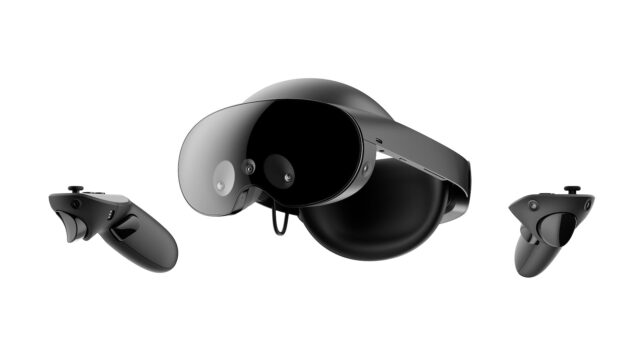
Meta is testing a new feature for its Quest 3 virtual reality headsets that could bring it a step closer to Apple’s Vision Pro in terms of spatial computing capabilities. The experimental feature, discovered in version 67 of the Meta Quest Public Test Channel, allows users to freely move and resize windows from 2D apps within their virtual environment.
New Multitasking Possibilities
Currently, Meta Quest OS only supports three docked windows in a side-by-side layout. The new feature, if implemented, could significantly enhance multitasking capabilities for Quest users. Demos have shown users moving browser windows, library windows, and settings windows around their virtual space, while still keeping three other windows docked.
Limitations Compared to Vision Pro
While the feature is a promising step forward, it doesn’t appear to be as robust as Apple’s implementation in the Vision Pro. In the Quest, the windows reportedly only remember their placement within a limited distance and return to their default positions if the user’s orientation or view is reset. In contrast, the Vision Pro allows windows to be placed anywhere in a user’s space and remain locked in place even when the headset is removed.
Dimming and Curve Options
The update also includes options to switch between curved and flat windows and a “dimmer” feature to lower the brightness of virtual environments while using 2D apps. However, the dimming feature does not currently work in passthrough mode.
Potential Impact on Mixed Reality
The new feature could have a significant impact on mixed reality applications for the Quest 3. The ability to freely arrange windows within a virtual space could enhance productivity and create a more immersive experience for users. However, the limitations compared to Apple’s Vision Pro suggest that Meta still has some catching up to do in the spatial computing arena.


















